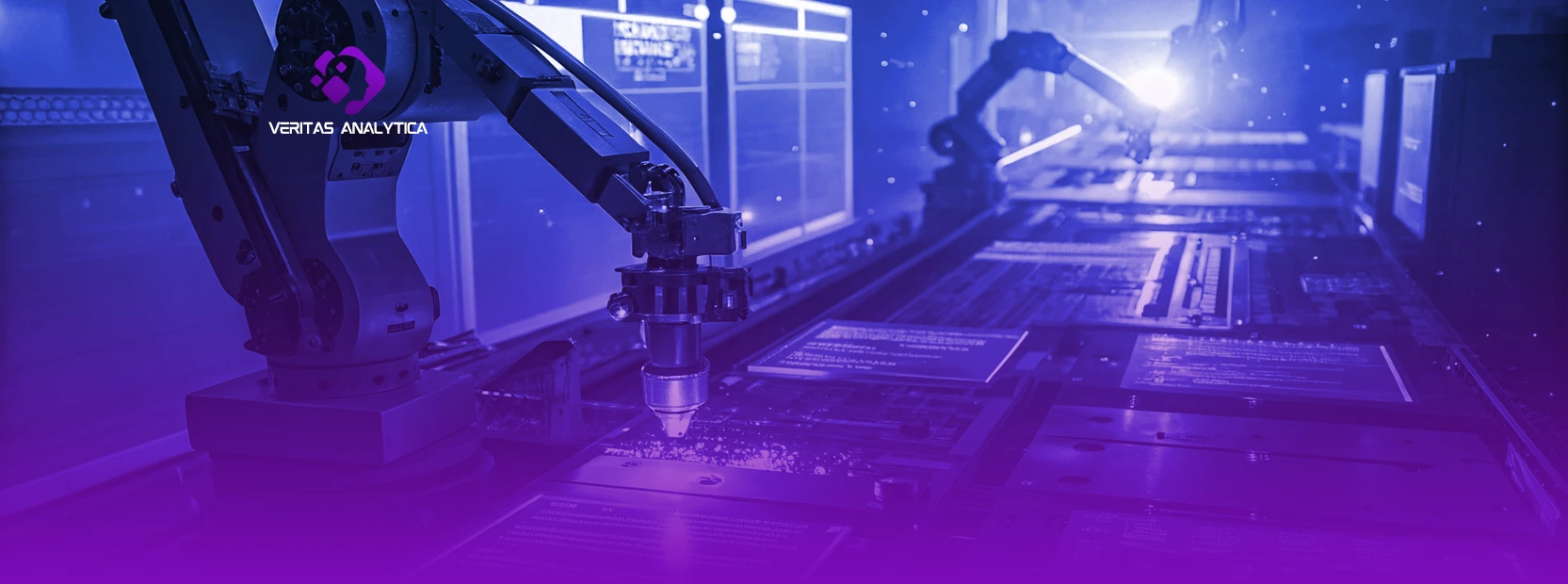In the ever-evolving world of data science, harnessing the power of data analytics techniques is the golden key to understand complex datasets. These techniques, tried and true, empower organizations and individuals alike to make informed decisions and predict future trends with uncanny accuracy.
Whether you’re just diving into the world of analytics or a seasoned expert, it’s essential to stay updated with the latest methodologies. In this comprehensive guide, we’ll take you on a journey through the top 7 data analytics techniques for 2024 and beyond.
Descriptive Analytics
Descriptive analytics offers a comprehensive view of historical data. By analyzing past events and data patterns, organizations get a clearer picture of their performance over time. This technique primarily utilizes measures of central tendency, frequency distributions, and standard deviations to provide an overview of previous operations and occurrences.
Key tools in this domain include:
- Excel: Ideal for smaller datasets and basic descriptive statistics.
- Tableau: For visualizing and interpreting larger datasets.
Diagnostic Analytics
Once we understand what has happened in descriptive analytics, the next step is to determine why it occurred. Diagnostic analytics delves deeper, scrutinizing correlations and causal relationships between different data points. By employing this technique, organizations can pinpoint the root causes of particular events or outcomes.
Essential tools for diagnostic analysis are:
- SQL: Allows for querying databases to understand relationships.
- Power BI: Helps visualize data relationships for easier interpretation.

Predictive Analytics
Predicting future trends based on historical data is the primary focus of predictive analytics. This technique employs statistical algorithms and machine learning techniques to identify potential future outcomes. While predictions are not always 100% accurate, they provide a probabilistic view of upcoming events or scenarios.
Leading tools in predictive analytics include:
- Python: With libraries like scikit-learn and TensorFlow for building predictive models.
- R: Renowned for its statistical computing capabilities.
Prescriptive Analytics
After predicting what might happen, prescriptive analytics offers solutions on what actions should be taken to either capitalize on an opportunity or mitigate a potential risk. It not only foresees outcomes but also provides actionable recommendations. This is achieved by simulating various scenarios and evaluating the potential impacts of different decisions.
Some prominent tools for prescriptive analytics are:
- IBM Decision Optimization: A robust tool for optimization and scenario analysis.
- SAS Optimization: Ideal for solving complex problems and determining the best outcomes.
Big Data Analytics
Big data analytics focuses on handling vast amounts of data, often arriving in real-time and from varied sources. These could range from social media posts and IoT devices to customer transactions. The primary goal here is to find patterns, correlations, and insights from massive datasets that standard analytical tools cannot process.
Big data tools that stand out are:
- Hadoop: A framework for distributed storage and processing of large data sets.
- Spark: Known for its in-memory data processing capabilities.

Real-time Analytics
In an age where instantaneous decisions are essential, real-time analytics processes data as soon as it enters the system. Whether it’s monitoring web traffic, e-commerce transactions, or social media interactions, this technique offers instant insights, allowing organizations to react promptly.
Popular tools in this segment are:
- Apache Kafka: A platform for streaming data in real-time.
- Elasticsearch: Facilitates instant search and data visualization.
Quantitative and Qualitative Analytics
While quantitative analytics focuses on numerical data, providing a statistical approach to insights, qualitative analytics dives into non-numerical data such as text, images, or videos. This combination offers a holistic view of scenarios, marrying hard numbers with contextual narratives.
Tools that lead in this domain are:
- MATLAB: Renowned for quantitative analysis.
- NVivo: A top choice for qualitative data interpretation.
FAQs
Why are data analytics techniques essential?
Data analytics techniques empower businesses and individuals to make informed decisions by understanding past trends and predicting future ones. They enable the transformation of raw data into meaningful insights.
What is the difference between descriptive and predictive analytics?
Descriptive analytics focuses on understanding past events, while predictive analytics uses past data to forecast future events or trends.
How do neural networks work in data analytics?
Neural networks, inspired by the human brain, recognize patterns by undergoing training on specific datasets. Once trained, they can make decisions based on the data they’ve learned from.
Which technique is best for real-time data analysis?
Anomaly detection is often used for real-time data analysis, especially in areas like fraud detection, where immediate action is required upon spotting unusual patterns.
Are there any risks associated with relying solely on data analytics techniques?
While these techniques offer valuable insights, it’s crucial to remember that they are based on past data and trends. Relying solely on them without considering external factors or sudden market changes can be risky.
We at Veritas Analytica can help you to find customized data analytics technique for your use case. You can book free consultation and discuss your problem with us.
Conclusion
Data analytics techniques serve as the sophisticated tools and methodologies to achieve the objective. By harnessing the power of these techniques, businesses and individuals stand at the cusp of a future brimming with possibilities. With insights deeper than ever before and decisions backed by robust data, the future of data analytics is not just promising; it’s transformative.





